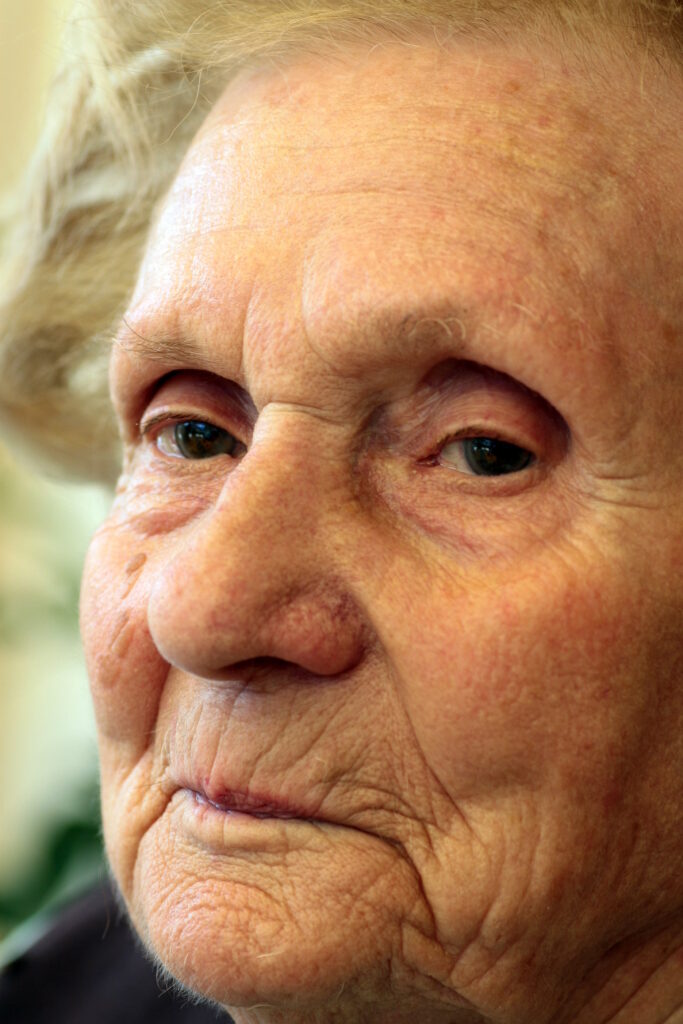Medical Xpress’ recent article entitled “How a care program could improve the lives of people with advanced dementia” reports that the Namaste Care program was developed in the U.S., and looks to give comfort and pleasure to those with advanced dementia through engagement and meaningful activity, fun and sensory stimulation, especially through touch and movement. Can this new program help Dementia patients?
A feasibility trial of Namaste Care was carried out by Lancaster University in conjunction with clinics across the U.K. who tested its use with people with advanced dementia in nursing care homes in a study funded by the National Institute for Health and Care Research.
Catherine Walshe, Professor of Palliative Care and Co-Director of the International Observatory on End-of-Life Care at Lancaster University, remarked, “People with advanced dementia living in care homes sometimes spend long hours alone in their rooms, and care home staff can find it hard to engage them with the day to day activities in the care home. Namaste Care provides a structured way of engaging with people with advanced dementia, with indications that this increases social engagement and promotes greater calm.”
Namaste Care is operated by the staff already working within the care home and doesn’t require expensive equipment. The program seeks to structure on the “empty time” for residents with advanced dementia, when they’re not engaged in personal care or mealtimes.
The overall goal is to enhance quality of life for residents with advanced dementia. Namaste Care is based around sensory experience: music, massage, color, taste and scents. Some examples include:
- Offering familiar objects from a personal memory box
- Scenting the patient’s room with floral, citrus and wood aromas
- Providing a hand massage, foot spa and a facial with warm flannels to the face and hands
- Varying the volume, tempo and style of music
- Speaking appreciatively and affirmatively to residents
- Reading them familiar texts of poetry; and
- Engaging patients in enjoyable activities, such as blowing bubbles.
As a result of their study published in Health Technology Assessment, the research team developed an illustrated booklet to explain the features of Namaste Care. They also made an animated video.
Aimed at nursing care home staff, this may also be helpful to friends and family to help explain Namaste Care in greater detail.
Reference: Medical Xpress (June 14, 2022) “How a care program could improve the lives of people with advanced dementia”










